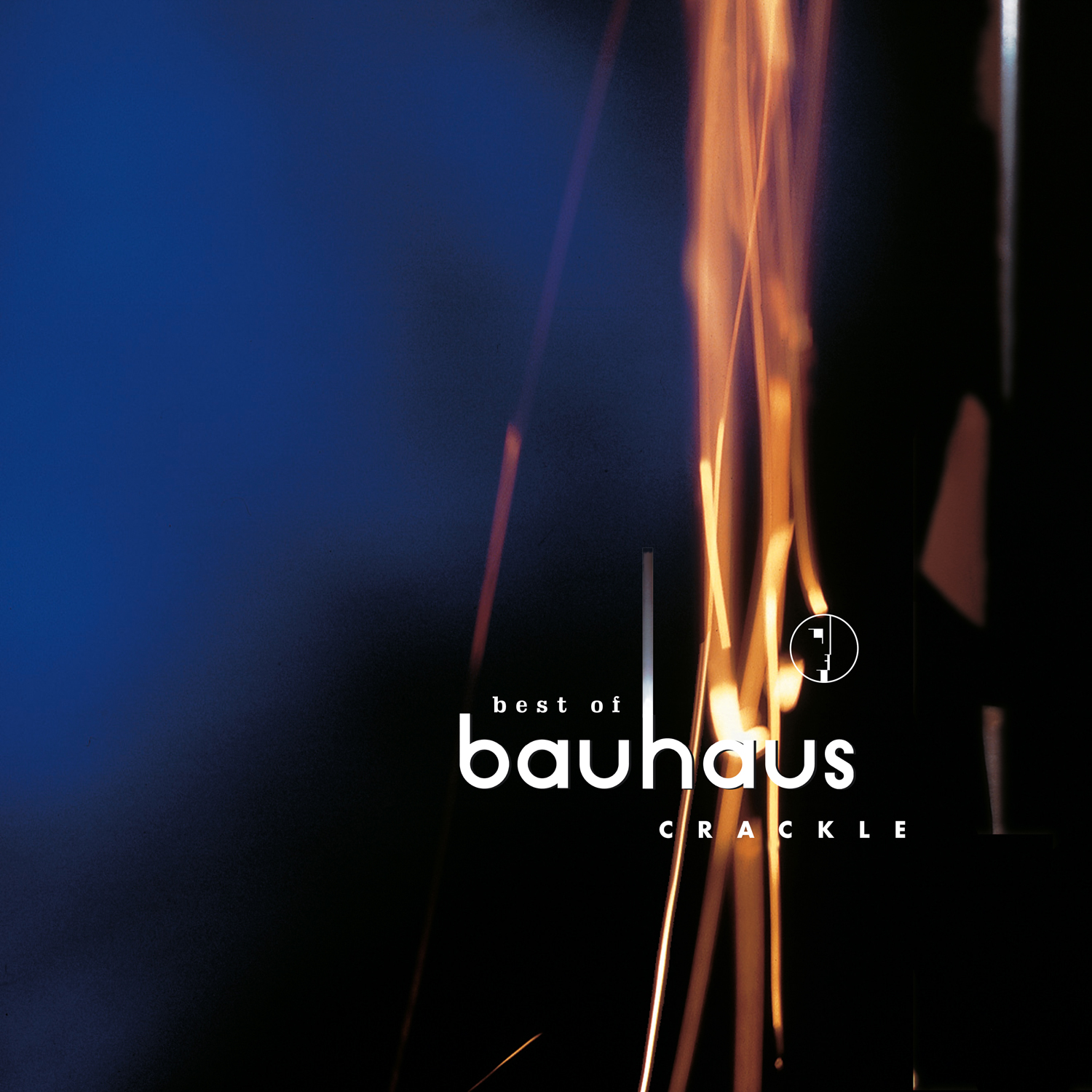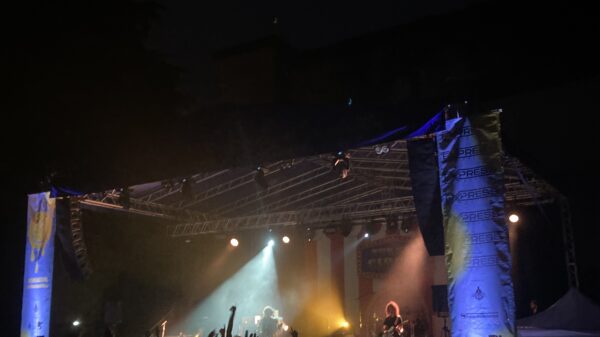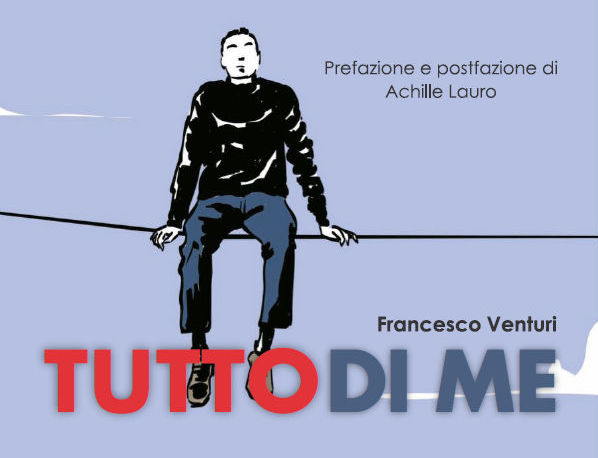“Parasol Peak” è sia un film-documentario che un album realizzati da Manu Delago, batterista e percussionista di fama mondiale, pioniere dell’hang, che vanta collaborazioni con artisti del calibro di Björk e Anoushka Shankar. La particolarità di questo reportage sta nel raccontare la spedizione che l’artista, insieme ad altri 7 musicisti, hanno compiuto sulle Alpi, scalando e camminando per giorni alla ricerca di varie location da utilizzare come sfondo per l’esecuzione delle composizioni, studiate ad hoc per i vari luoghi. Ne è venuto fuori questo video reportage e un album, pubblicato lo scorso 7 settembre. L’opera è stata realizzata in presa diretta e contiene una raccolta di composizioni eseguite in luoghi e ad altitudini differenti, dove il suono degli strumenti viene mescolato a quello degli elementi naturali, in modo da fonderlo con quello del vento o dell’acqua che scorre nei ruscelli.
Egle Taccia ha incontrato l’artista per parlare di questa incredibile impresa.
Mi parli di Parasol Peak? Com’è iniziata questa avventura?
Due anni fa ho girato un piccolo video per il brano “Freeze” con il regista Johannes Aitzetmüller.
Mi sono esibito live con strumenti elettronici in un luogo veramente remoto e l’intero progetto ha funzionato bene e ci ha ispirati a fare di più. Ma volevamo che fosse qualcosa di più importante, di più umano e di più avventuroso. Così ho messo insieme un ensemble di 7 “mounsicians”, selezionato alcune meravigliose location e composto le musiche per la spedizione. Fortunatamente i due direttori e i tecnici del suono hanno fatto un lavoro incredibile così adesso abbiamo un bel film ed un bell’album.
In base a quali caratteristiche hai scelto i luoghi che hanno fatto da scenario al progetto?
Volevo che il film fosse un viaggio che percorreva location mozzafiato con caratteristiche molto differenti. La maggior parte dei luoghi scelti hanno anche influenzato la musica, sia perchè è stato rappresentato il suono della location (alberi, acqua, rocce) sia in quanto la disposizione dell’ensemble è stata fortemente forgiata dal luogo. Su “North Cluster” eravamo allineati verticalmente, cosa che ha comportato il non potere realmente vederci tra noi. E su “Ridge View” eravamo separati da circa 100 metri, circostanza che ha reso impossibile ascoltarci l’un l’altro. Ma tutte queste cose sono diventate parte della musica.

La musica cambia con l’altitudine?
Più ci allontanavamo dalla civiltà, più la musica diventava calma e lenta. Molto più importante dell’altitudine è stata la temperatura, tuttavia. La maggior parte del tempo ci sono stati tra 0 e 5 gradi Celsius, cosa che ha reso estremamente difficile per i musicisti di fiati, ottoni e archi suonare accordati. Loro hanno fatto un lavoro incredibile nonostante tutto e sono molto orgoglioso di loro.
In natura ci sono molti strumenti musicali. Quali percussioni naturali hai trovato sul tuo percorso?
Già quando ho scelto le location, stavo camminando e scalando con occhi e orecchie molto diversi. Abbiamo usato molti suoni naturali, come quelli delle rocce, degli alberi, dell’acqua, ma abbiamo avuto anche elementi addizionali quali gli uccelli o il vento che non potevamo assolutamente prevedere. In più siamo finiti a suonare vari elementi dell’attrezzatura di montagna come le piccozze, le racchette da trekking, i caschi e i moschettoni.
Che argomenti hai usato per convincere gli altri musicisti a seguirti?
Ho semplicemente scelto musicisti che sapessero suonare molto bene, che fossero portati per l’alpinismo e che potessero portare i loro strumenti sopra una montagna. Fortunatamente per me, loro non sapevano realmente quanto sarebbe stata dura (in caso contrario probabilmente alcuni di loro non si sarebbero uniti a me).
C’è stato un momento particolarmente difficile durante le riprese?
È stato abbastanza difficile dappertutto, ma più andava avanti la spedizione, più diventava difficile. Non abbiamo dormito molto e durante una delle giornate abbiamo camminato/filmato/suonato per 18 ore. Dopo quel giorno fu veramente molto difficile convincere l’intero gruppo a continuare ad andare avanti fino in cima. Durante quella giornata abbiamo perso alcuni membri dello staff a causa dello sfinimento, ma tutti i musicisti sono andati avanti fino alla fine.
Ho letto che vi siete aiutati l’un l’altro. Questa avventura è stata anche una lezione di vita?
Sì, assolutamente. Non avevo mai calcolato o pensato a questo aspetto. Prima della spedizione, pensavo unicamente alla musica, ai microfoni, alle batterie, alle camere, agli orari, al catering e così via. Ma adesso, guardandomi indietro, tutto ha ruotato intorno all’amicizia, al supportarsi l’un l’altro e al fare musica emozionante in un meraviglioso paesaggio.
Puoi parlarci dell’hang e del suo meraviglioso suono?
È uno strumento relativamente giovane che fu inventato a Berna, in Svizzera, nel 2000. Il suono mi ricorda un mix tra un’arpa (delicato, melodico) e una tabla indiana (percussivo).
Leggendo la tua biografia non passa inosservata la tua collaborazione con Bjork. Cosa hai imparato suonando al suo fianco?
Sono stato fan della sua musica sin da quando ero un teenager. È stato come un sogno diventato realtà lavorare e andare in tour con lei. È molto più di una cantante. Lei tiene realmente a ogni aspetto della sua arte, incluso il sound design, gli elementi visivi, le luci e l’ambiente. Ho imparato un sacco da lei e anche da numerosi membri del suo team.
Domanda Nonsense: Dove sei andato a “scongelarti” dopo questa avventura?
La mia band è andata direttamente in tour in Russia ed Estonia. Siamo letteralmente volati via il giorno dopo e abbiamo suonato tre concerti consecutivi. Questo sintetizza un po’ la mia vita. Andare in tour e viaggiare molto, e se nel mezzo mi resta un po’ di tempo, provo a rifugiarmi sulle montagne.
ENGLISH VERSION:
Two years ago I made a short video for the track ‘Freeze’ with director Johannes Aitzetmüller.
I only chose musicians who can play very well, who are fit for mountaineering and who can carry their instrument up a mountain. Luckily for me, they didn’t really know how hard it would be (otherwise some of them might not have joined me).
Yes totally. I had never planned or thought about that aspect. Before the expedition, I was just thinking about music, microphones, batteries, cameras, schedules, catering and so on. But now, looking back, it was all about friendship, supporting each other and emotional music making in an amazing landscape.

























































